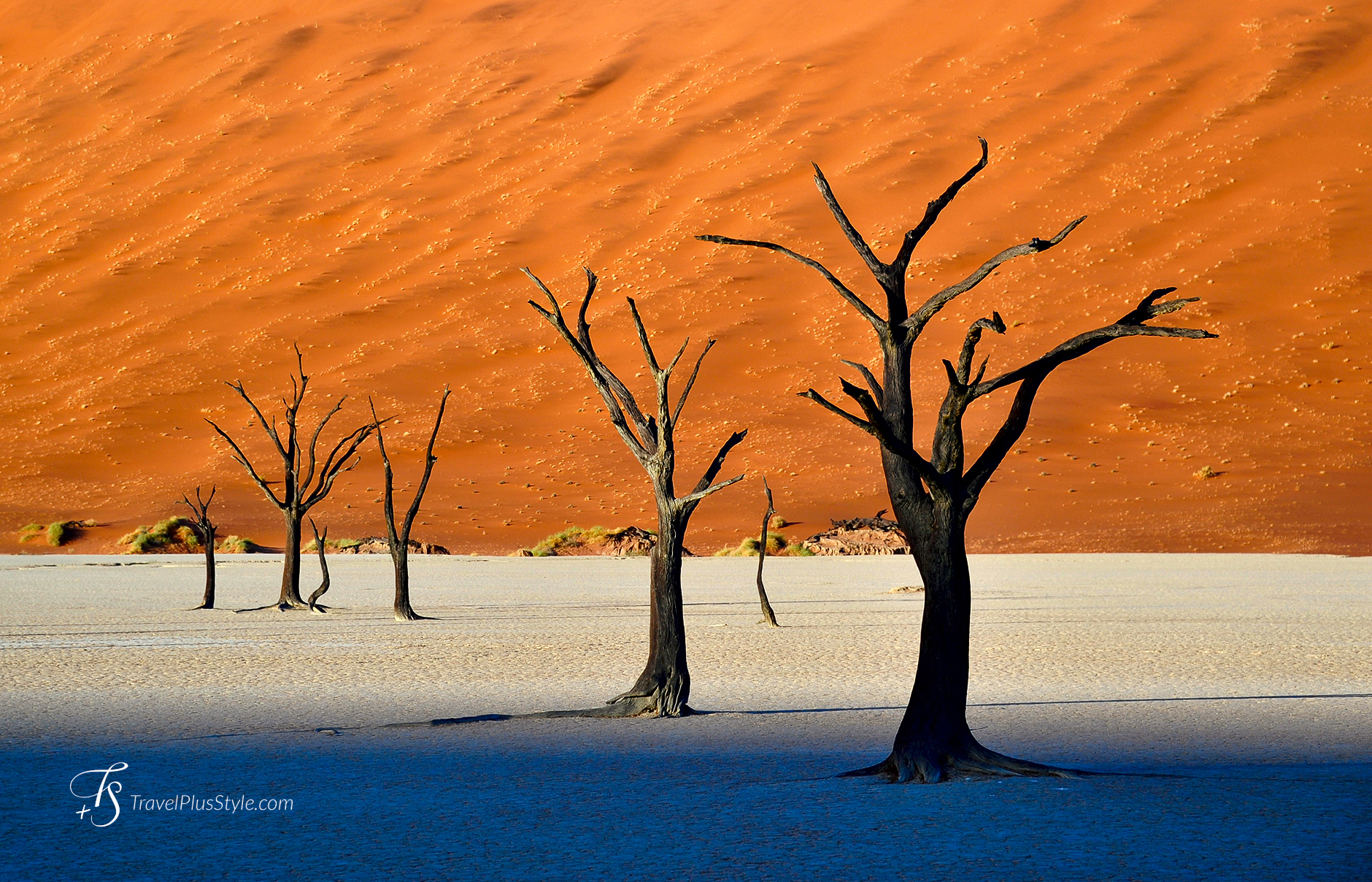

It’s quite a spectacle. The African sun paints the sand with ochres, brick-reds and brilliant oranges, but the first sun rays of the day also unlock violets and carmines, emerging from the blue shadows and the milky morning mist. The fog comes all the way from the Atlantic, across the vast expanses of the Namib desert: hundreds of kilometres of rolling dunes, wind-swept and untouched by human civilization.
Photos by Laskowski & Zadros, © TravelPlusStyle.com
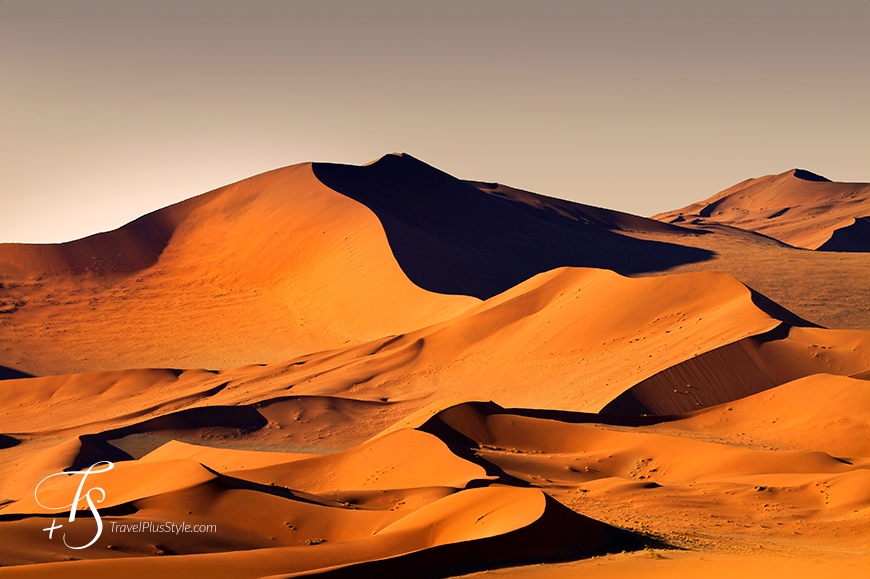
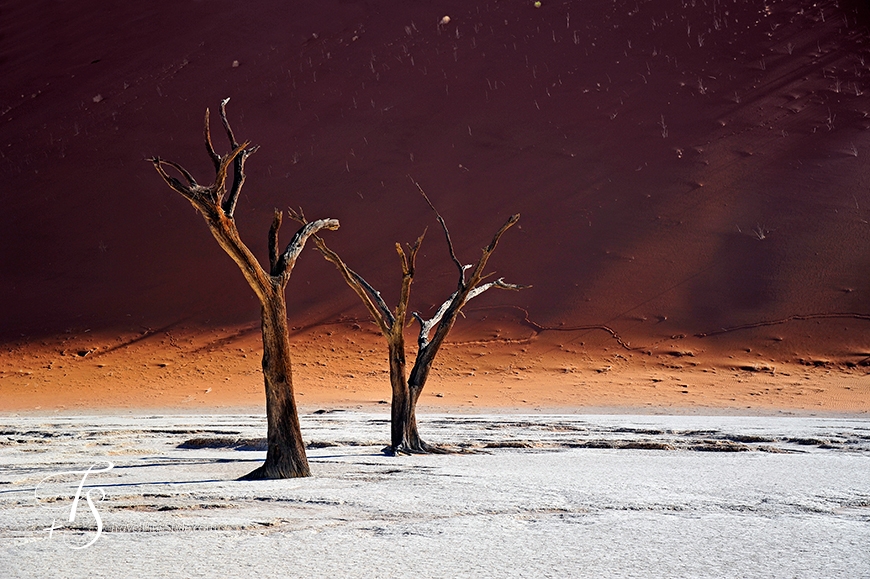
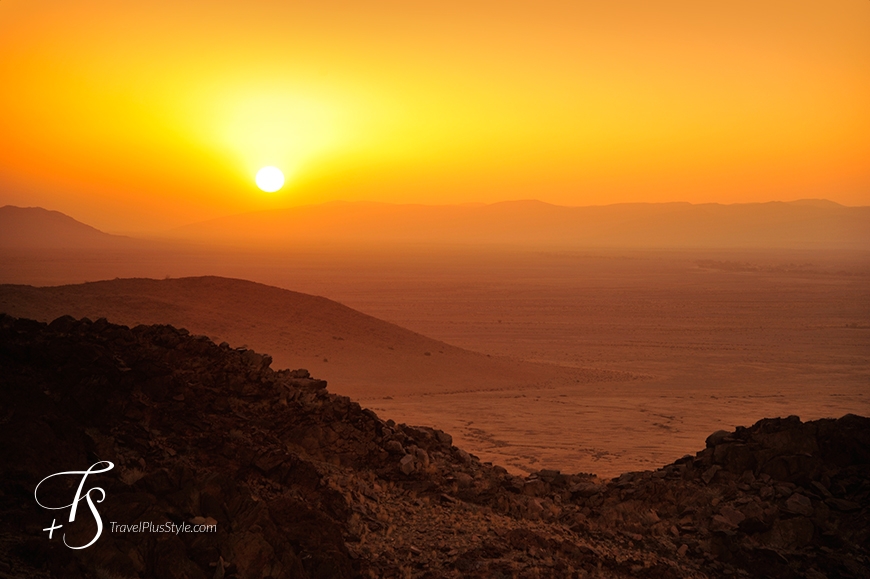
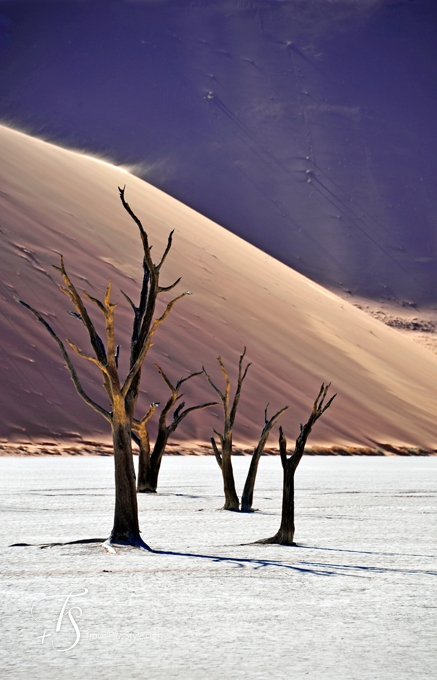
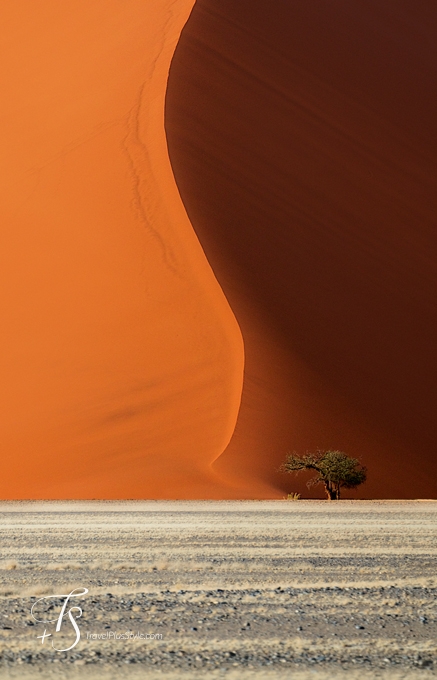
It never rains in the Namib Desert. The blackened trees of Deadvlei have been dead for 600 to 900 years and are too dry to decay—but their skeletons live on in countless photographs and in people’s imagination. They are Namibia’s treasure—and form one of its most iconic sites.
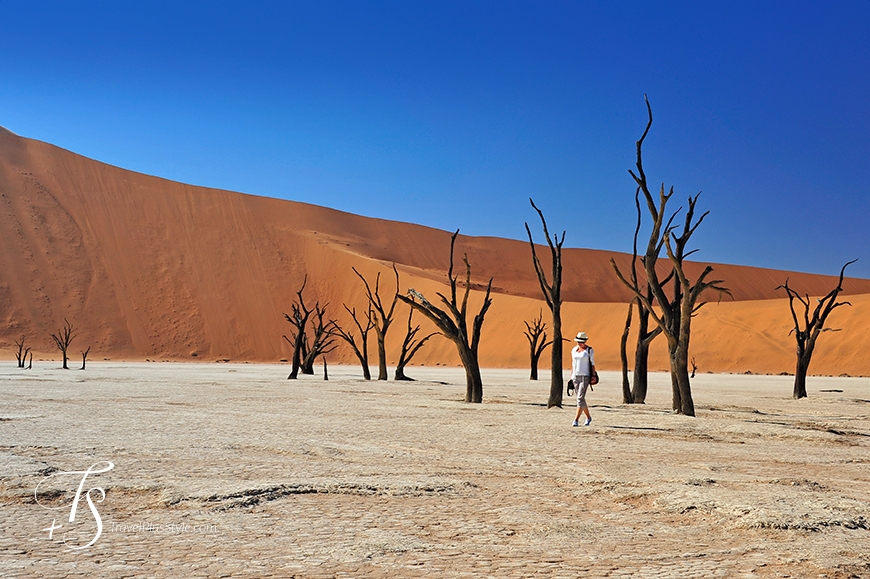
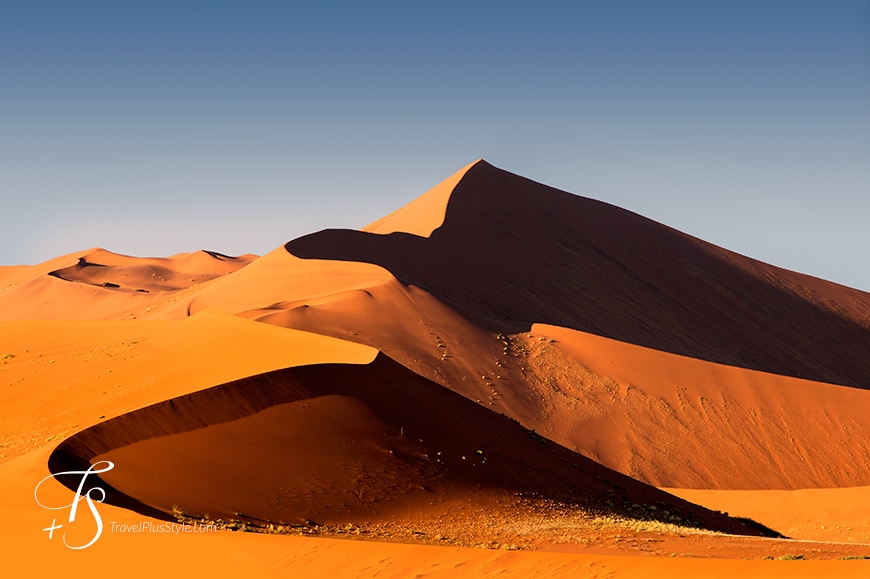
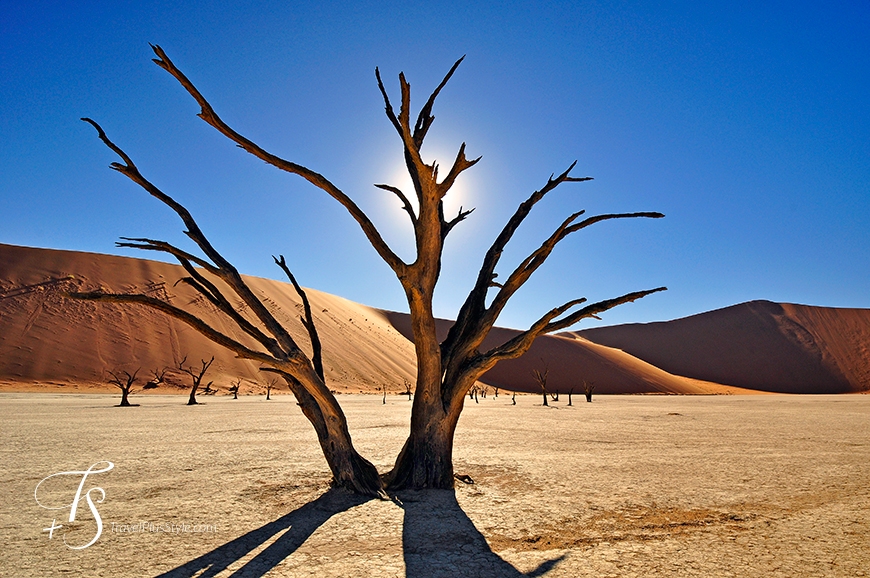
This eerie grove has been on our bucket list for a long time. When we finally made it to the site, it transfixed us… the experience was almost spiritual. Sometimes we still have to pinch ourselves—yes, this place exists and yes, we were lucky to visit it.
Many guides list “climbing the dunes” as the must-do, especially since they are the tallest in the world—but this is not why we travelled to Sossusvlei. The view from the top is great, but we wanted to capture the Deadvlei pan… and the light changes quickly.
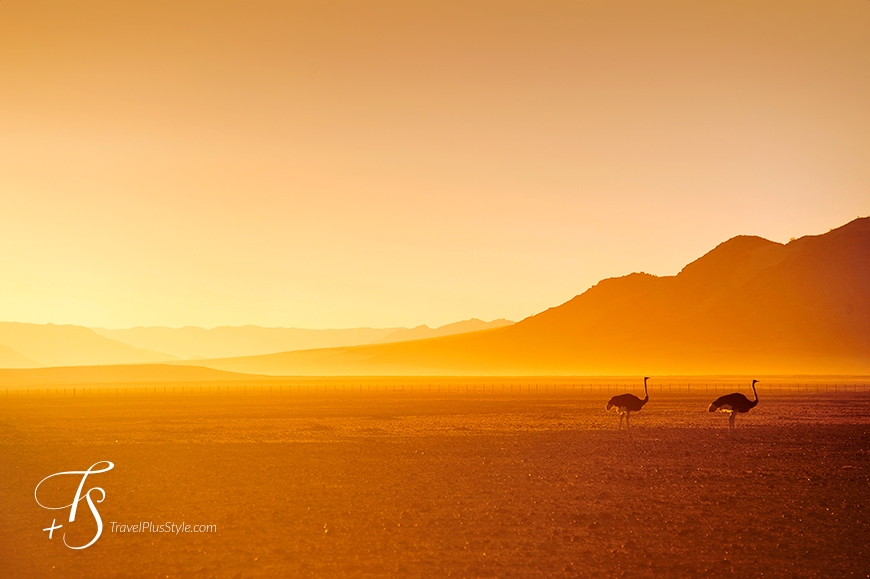
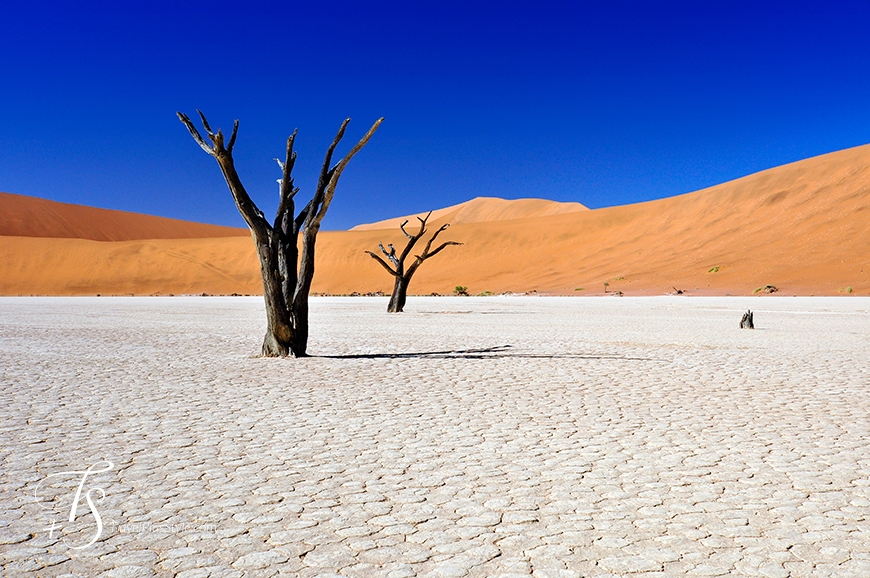
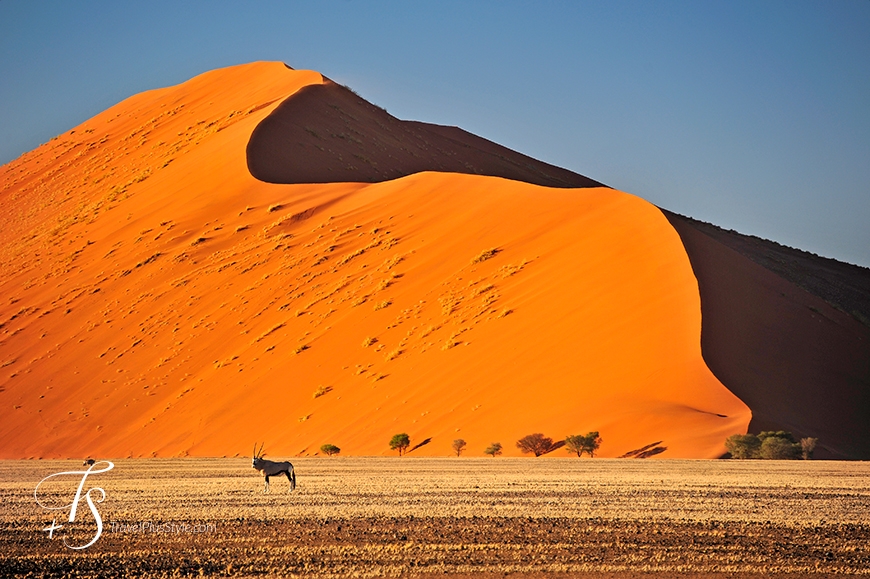
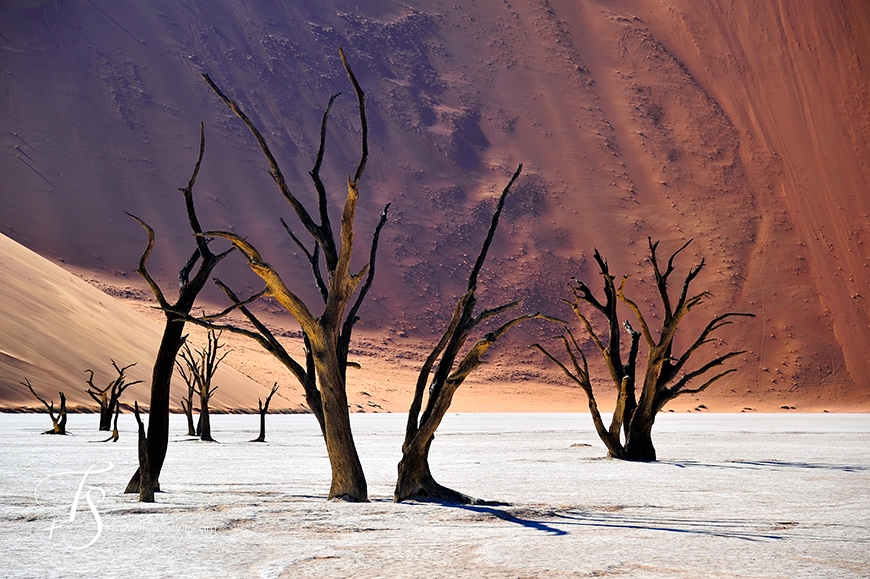
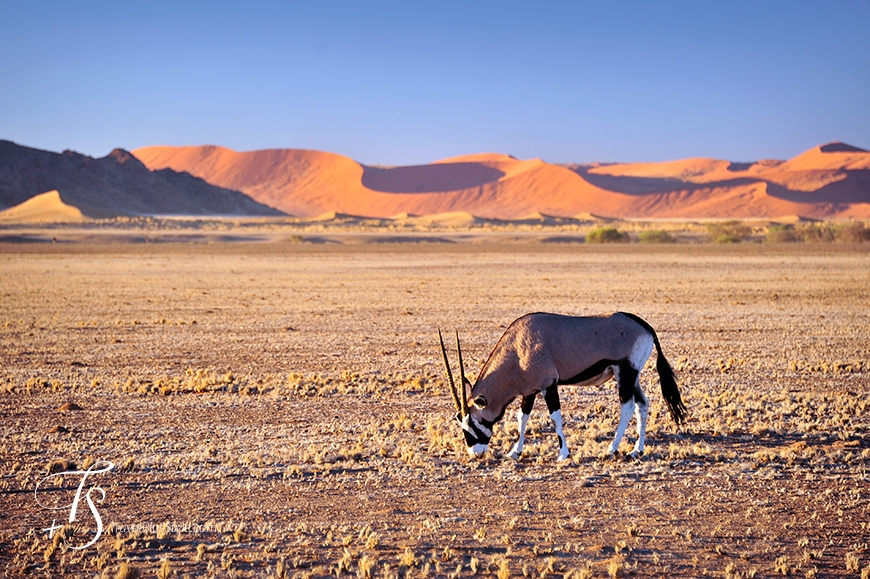
“The most popular spot is hidden between the dunes. Deadvlei: a white, sun-baked pan dotted with dead, black trees. Surrounded by the rusty-red mountains of sand, the place is full of astonishing colour contrasts. An ethereally beautiful sight.”—From our review of Little Kulala
If you are, like us, more interested in the surreal landscape of Deadvlei than in scaling the dunes, head to the site as early as possible: it is at its most photogenic early morning and late afternoon.
Bear in mind that access to the Sossusvlei area is restricted—the main gate, at Sesriem, opens before sunrise and closes at sunset. It’s quite a bit of a drive from the gate, so prepare for a mad dash to the site. The best bet is to stay in the adjacent to the park private Kulala Wilderness Reserve, which has its own gate, and although it also has opening hours, you will get to the dunes early enough.
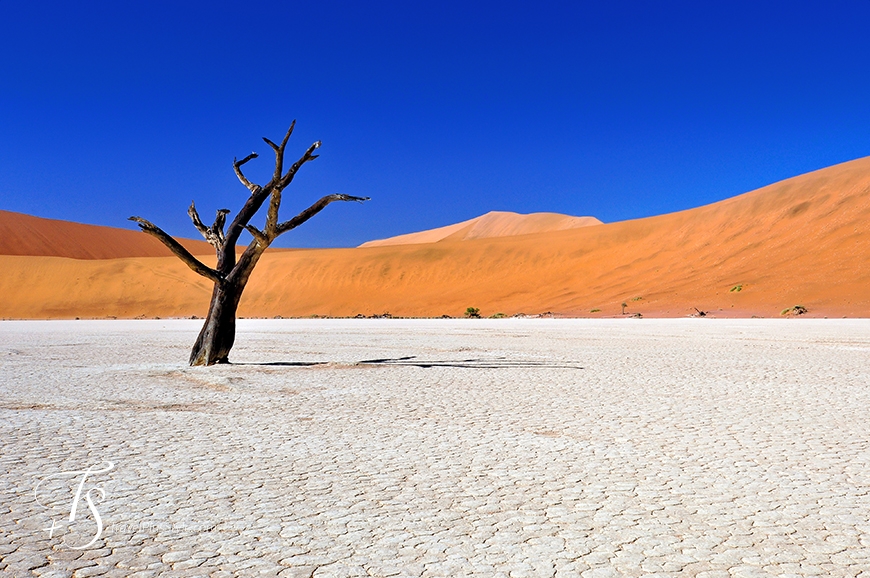
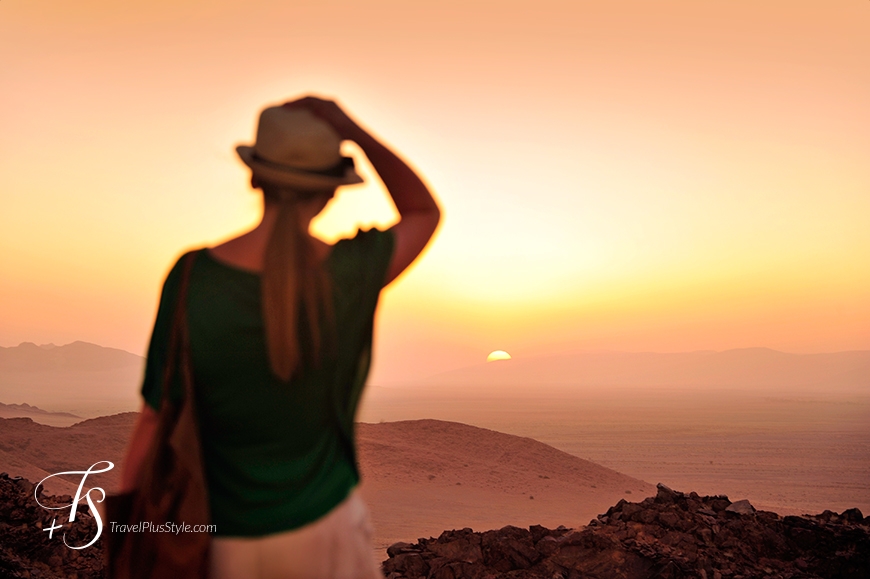
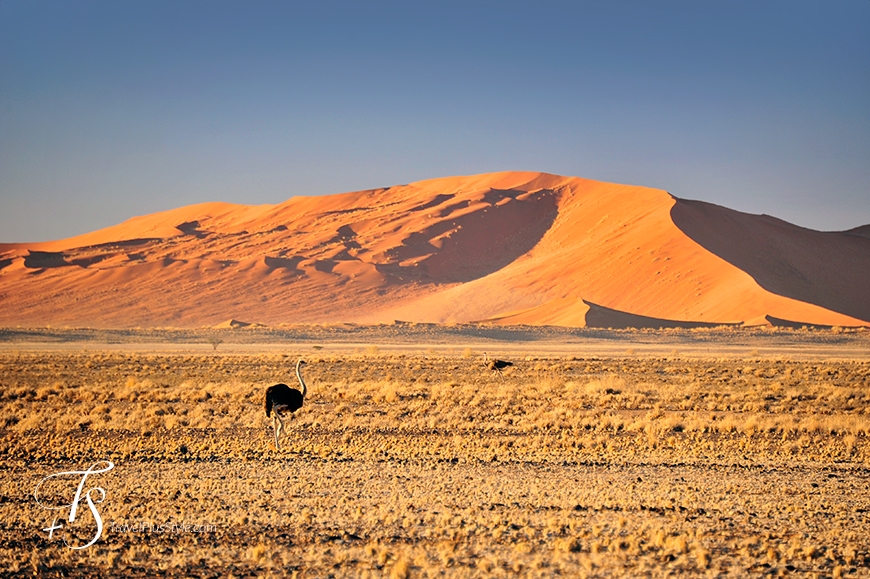
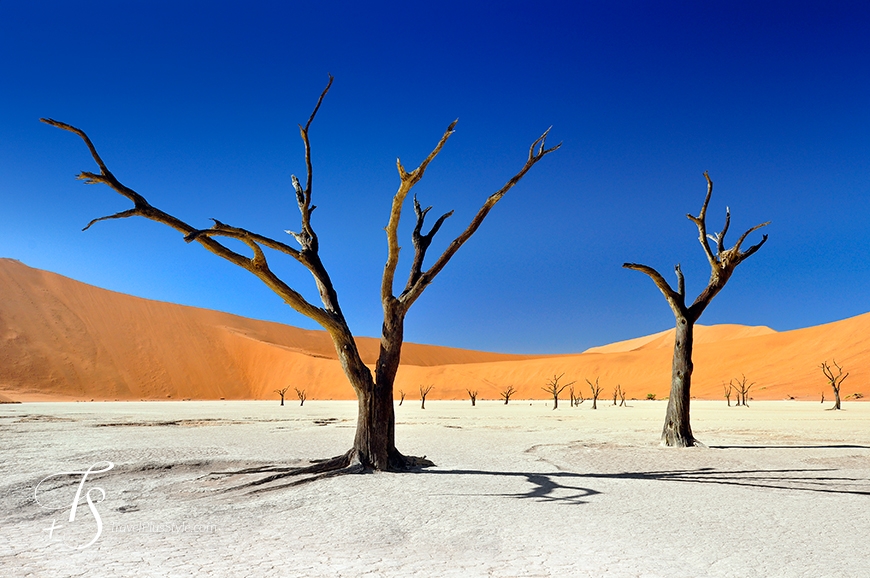
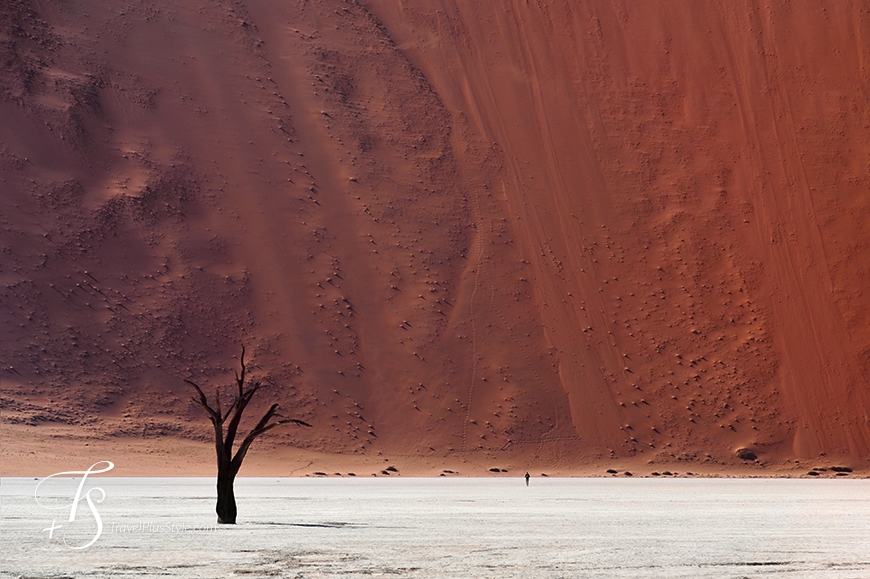
In the photo above, can you spot a human figure?
“Little Kulala is a dreamlike place, where contemporary design is woven into fabric of the Namibian desert landscape. Luxurious, organic, tranquil and remote… this is a place in a league of its own”—From our review of Little Kulala
At the Kulala Wilderness Reserve, run by Wilderness Safaris, the closest to the private gate is a family-friendly camp called Kulala Desert Lodge, but we checked in to Little Kulala, one of the premium lodges within the reserve.
It’s a bit further away from the gate, but their excellent guides are well aware of the requirements of any budding photographer (or a professional). Check out our review of Little Kulala and our photos from the lodge, in a gallery that also has more shots from the dunes.
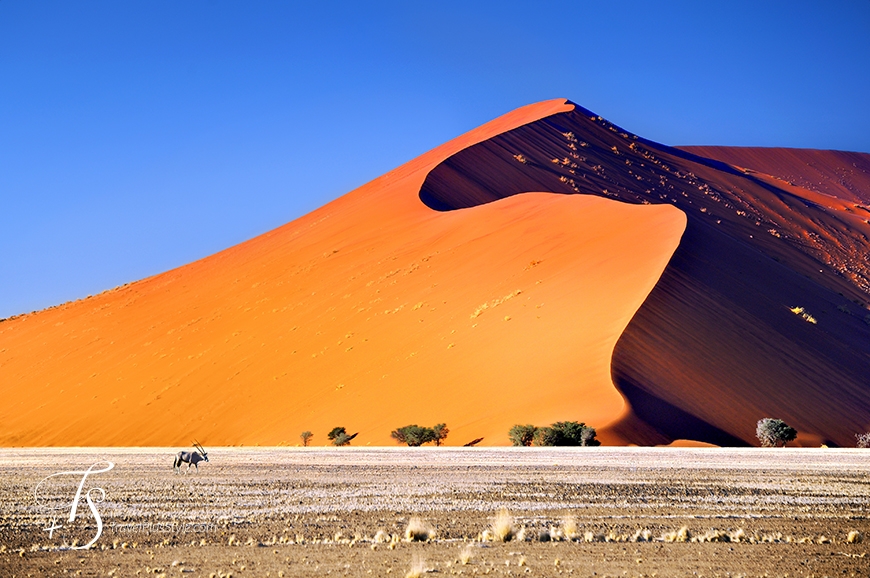
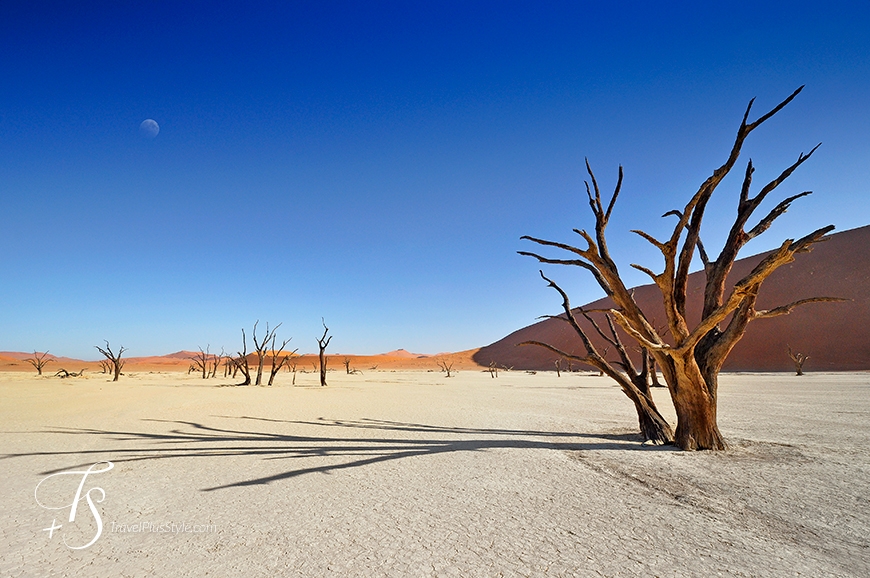
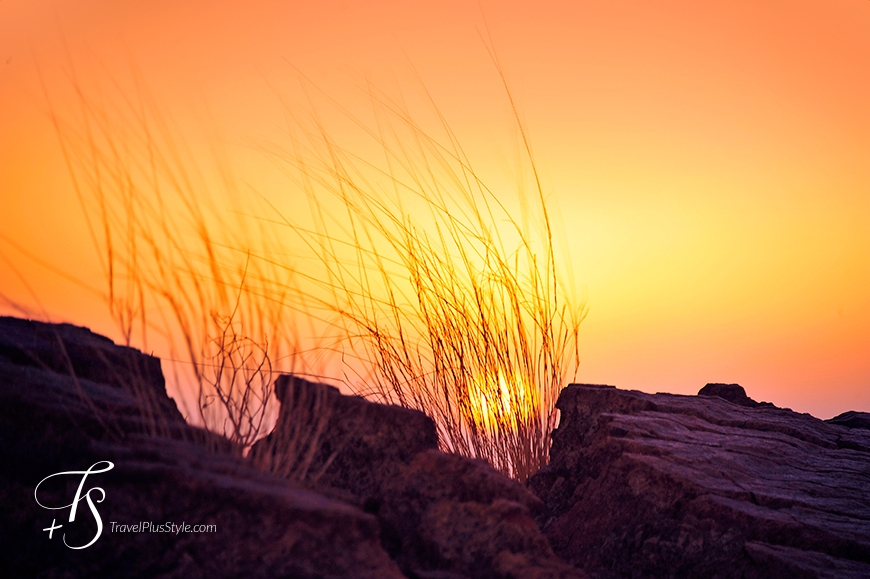
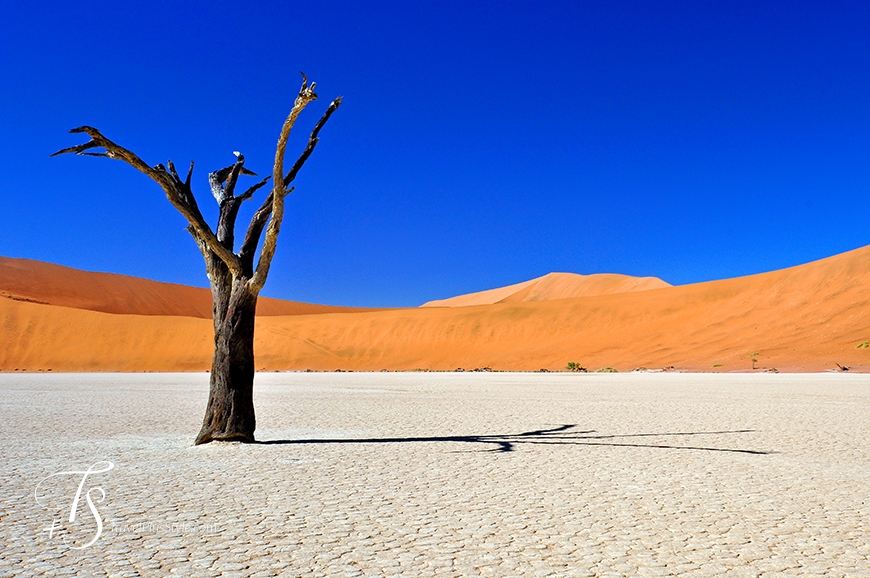
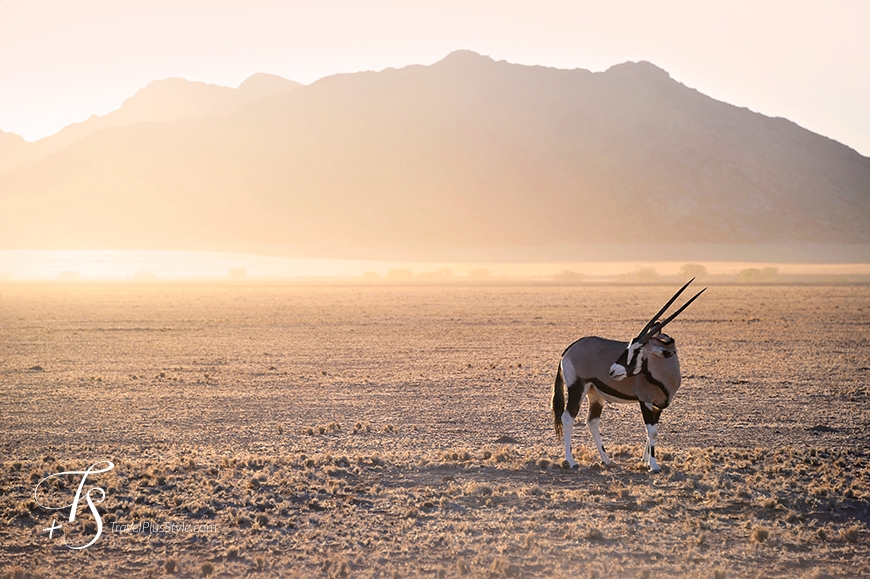
Oryx is a fascinating animal. Its body can heat to more than 46°C without any ill effects. To protect the vulnerable brain, the animal evolved a cooling system essentially the same as in a car. A peculiar arrangement of blood vessels in the head allows the blood to be cooled by air. This is why these animals often stand on top of wind-swept hills.
Sossusvlei means ‘the place where water gathers’ in the language of San people, or Bushmen—and there is an outpour of rain every decade or so in the area. This obviously makes rain very rare, but Sossusvlei still manages to support life.
The occasional coastal sea fog sustains some plants, which in turn provide food to the uniquely adapted Oryxes, springboks and gemsboks. There is also ostrich and many smaller animals, and spotted and brown hyaena and even cheetah can sometimes be seen.
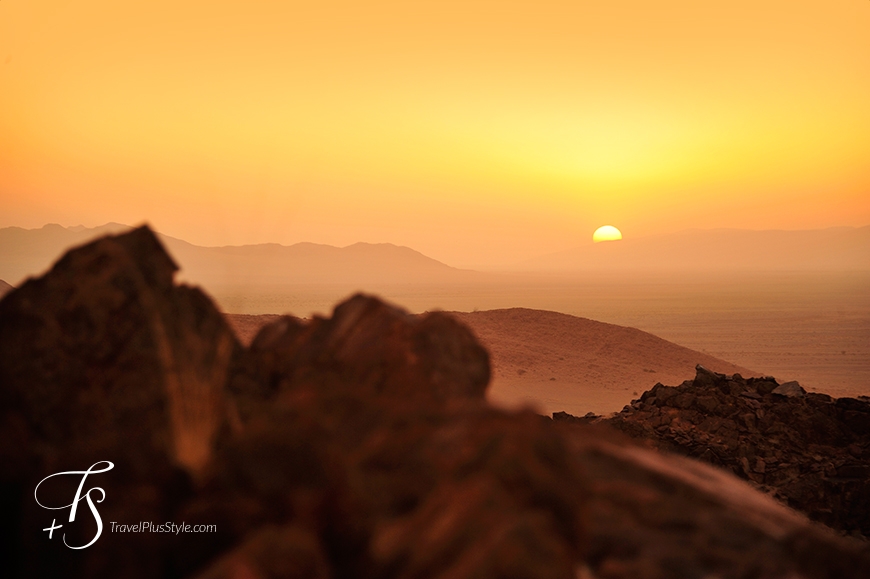
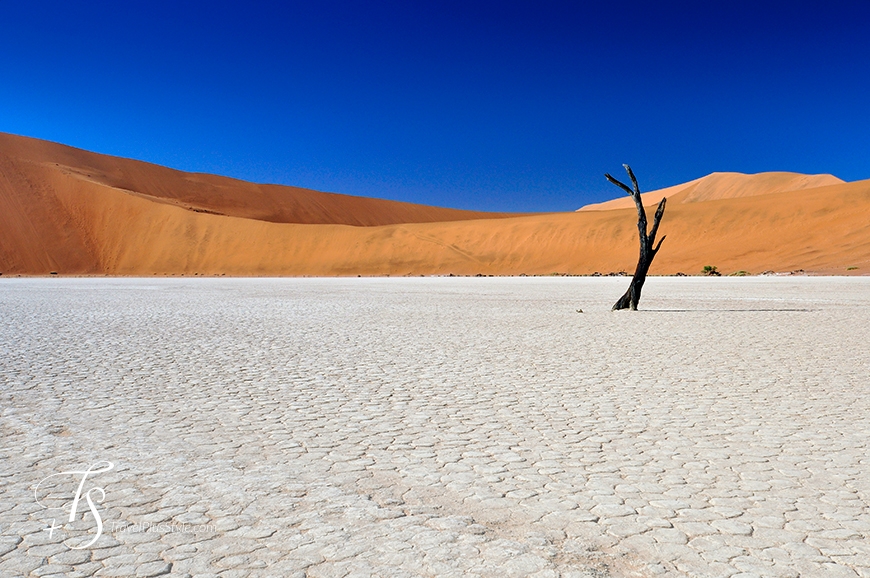
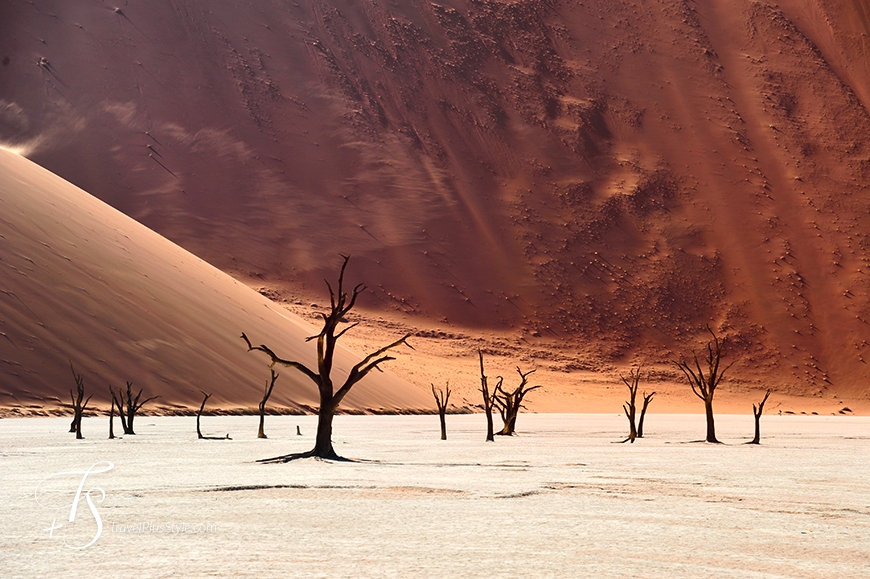
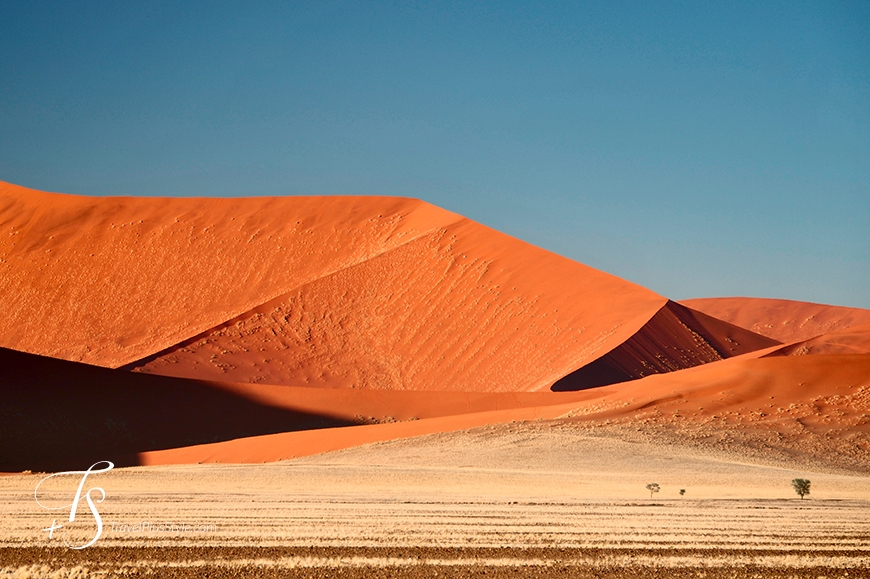
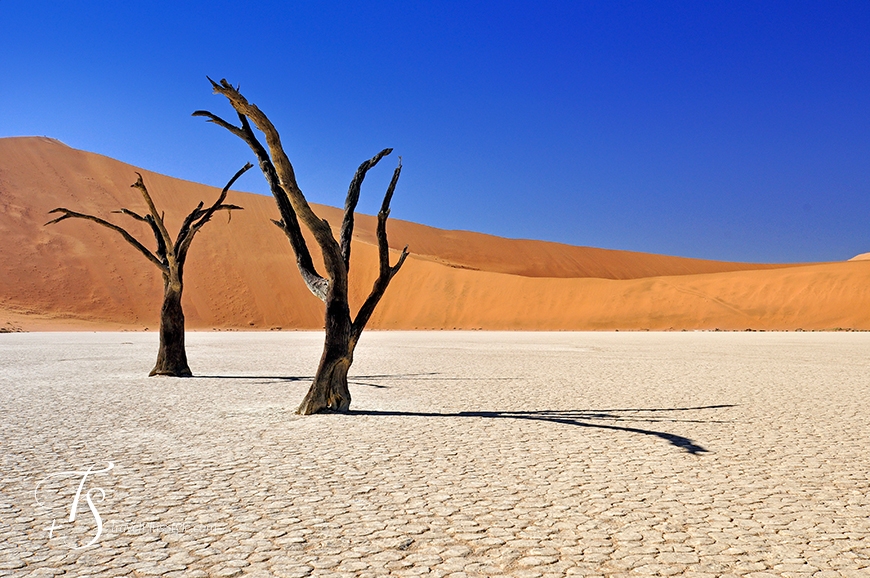
Namibia is the first country in the world to inscribe the protection of the environment into its constitution and some 14% of its land is protected, including almost the entire Namib Desert
Sossusvlei is located in the Namib-Naukluft National Park encompassing part of the Namib Desert. This absolutely enormous and dry desert stretches along the entire length of Namibia and is one of the oldest on the planet—at over fifty million years. This is when the geography locked swathes of land between the ocean in the west and the Great Escarpment to the east, which raised to over 2000 metres, forming a large plateau.
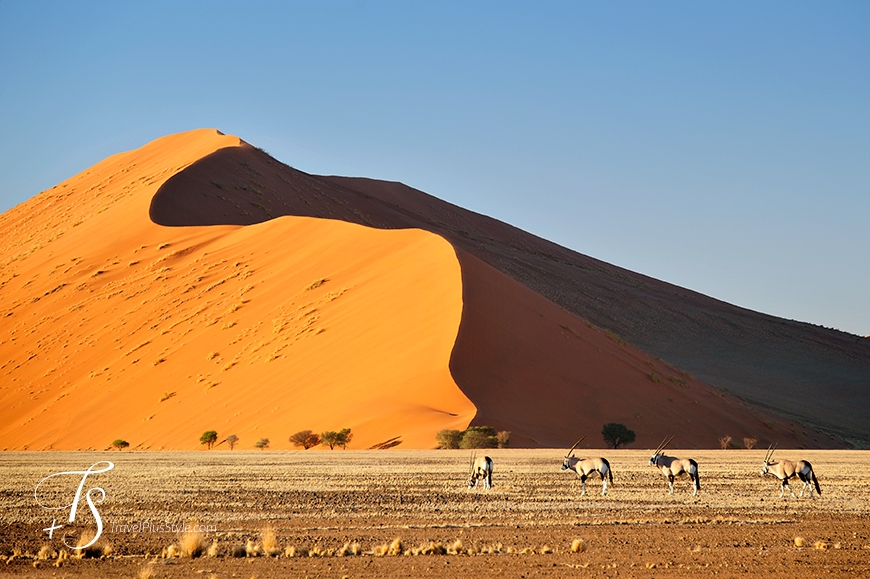
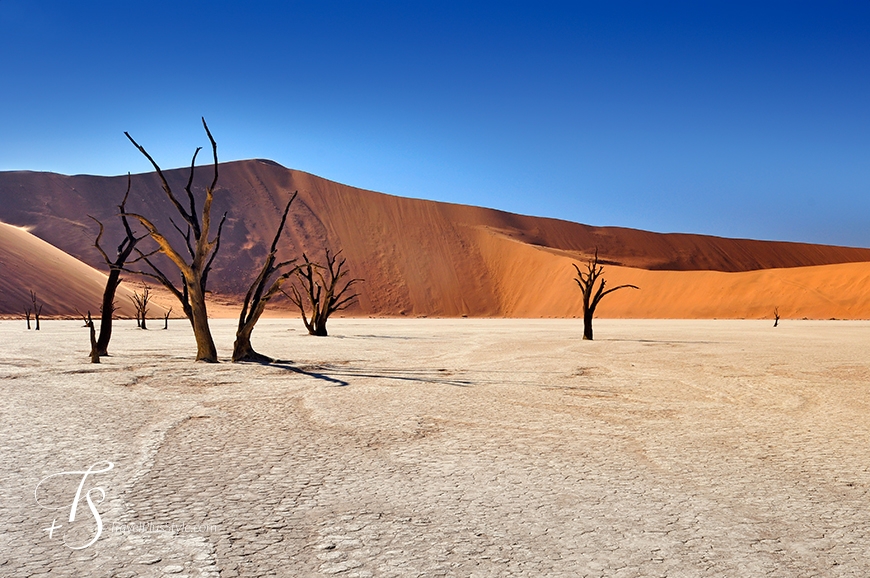
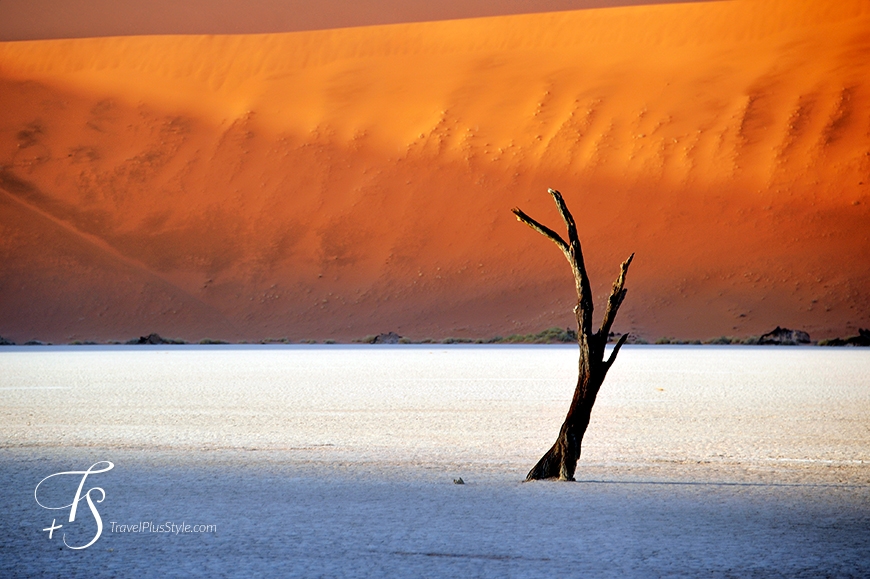
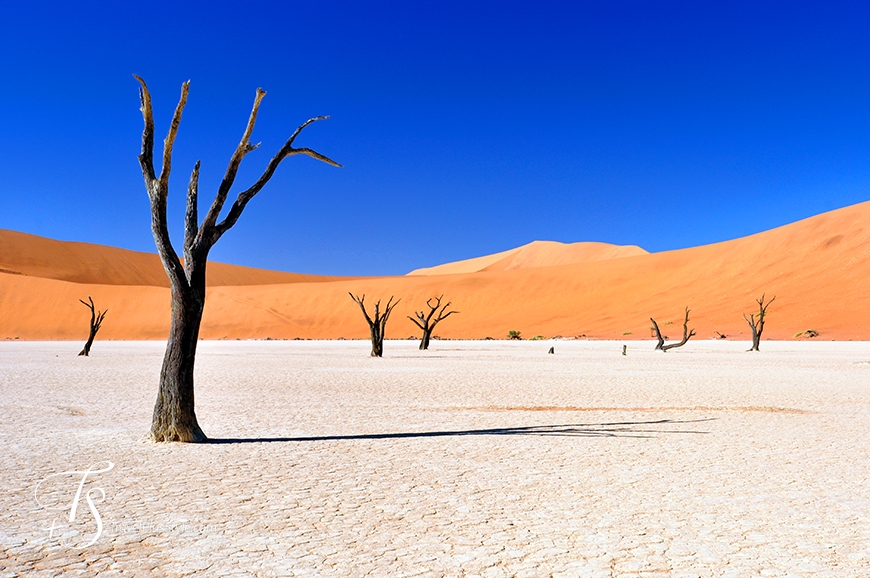
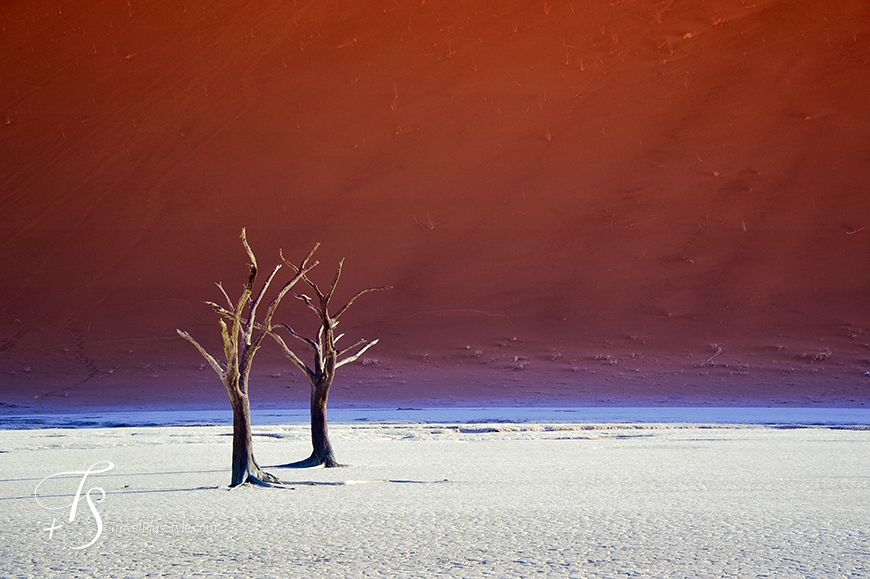
Photos by Laskowski & Zadros, © TravelPlusStyle.com
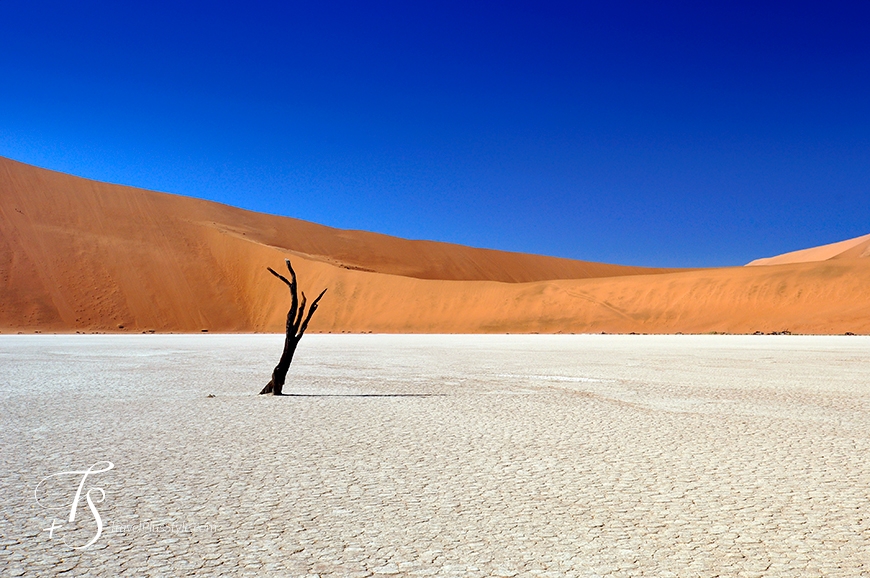
Author: Travel+Style. Last updated: 03/05/2021